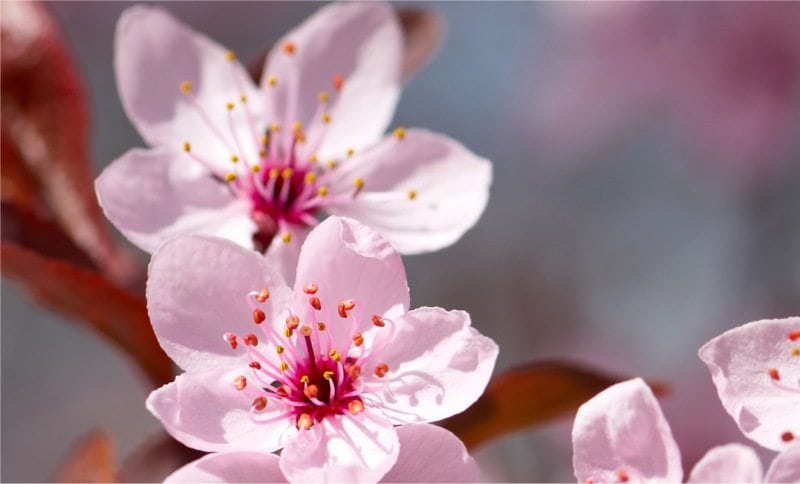Even though all flowers grow from the same dirt, water, and sunlight, each flower has a specific story, its information, to tell the world. Brands should be the same way.
It’s wildflower season, and in California, it’s looking to be an incredible one, with the very wet winter producing an explosive number of flowers in the mountains up and down the state. With all those blooms and natural beauty, one can’t help but think about brand development (if you’re like us at Twelve12…).
Flowers are nature’s ultimate marketers. Unlike the majority of animals, whose survival is based on hiding from danger, the survival of flowering plants is based on “getting the word out,” making themselves noticeable to the insects that can pollinate them and ensure that their species will be around next spring.
Plants use their flowers to market themselves to insects—essential for their reproduction—and sometimes the flower’s “target audience” is very specific. A different colored bloom can attract one type of pollinator, to the exclusion of others.
The truly amazing thing about flowers is that the same exact dirt and water can produce such an incredible variety of flowers. We love flowers because they’re beautiful, and they smell good, but it may just be that we’ve immortalized flowers in our poems and songs because of their individuality, their variety. We’ve built our cultures around these bright, specific symbols. China has the lotus, Japan has the plum blossom, Turkey has the tulip. The rose, over time, came to be known as the symbol for love, and we easily communicate love when we pluck one and give it to our sweetheart. Calla lilies, in their sturdy, clean, straightforwardness, came to be used in formal situations, such as weddings and funerals.
This is branding at its finest, and the most intuitive type of branding at that. Flowers, because of how specific and recognizable they are, help us express this or that hard-to-describe feeling. As a result, we begin to recognize a specific message in the various flowers. In your own way, your branding should do exactly the same. That’s the essence of brand development.
“A rose by any other name…”
Whatever your market, if your product or service fulfills a need, there is a specific place for your brand. Take note of who you want to attract, and importantly, don’t stray too far from who you are. If a poppy all of a sudden decides to change its colors, it runs the risk of making itself less noticeable to the bugs it usually attracts, with no guarantee that it will attract a new group of bugs. Your name, your identity matters. If your brand is a rose, don’t call yourself Hyacinth to gain a new audience. The most successful brand development will allow you to remain just who you are, but expand and build upon the work you’ve done to more effectively reach the people you’re designed to reach—naturally.
